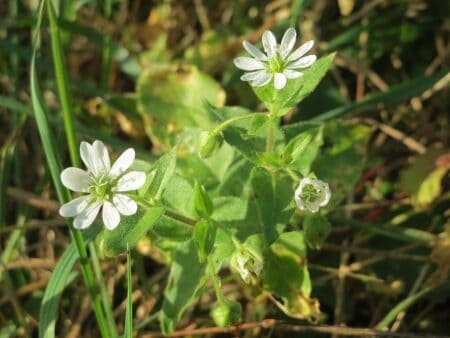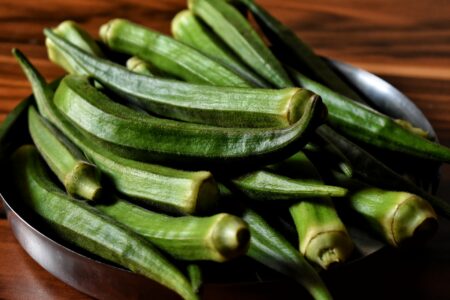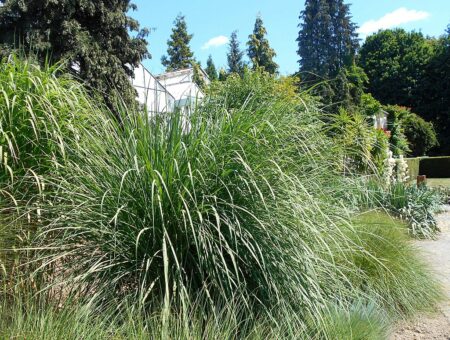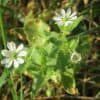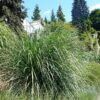Japanese Fern Tree (Filicium Decipiens) is native to India, Sri Lanka, and East Africa. Japanese Fern Tree is a slow grower, but can grow 20 to 25 feet (6.9 to 7.6 meters) tall outdoors. The tree has winged stems holding the leaves. The leaves are bright green and shiny and are usually 5 inches (12.7 cm) long.
Its tight rounded crown makes it a perfect plant for smaller urban landscapes or living spaces. Also, the tree would look amazing on a patio or deck. In the winter, the tree also blooms white flowers, which develop into round, tiny, inedible berries.
Grow & Care
This tree requires minimal care, making it perfect for beginner gardeners looking to light up their garden or living space. This plant prefers warm and tropical temperatures, so make sure not to let it grow in temperatures below 55°F (12.7 °C). Japanese fern tree also loves humidity, so if possible create a climate with a little above average humidity levels. The Japanese Fern Tree can be grown outdoors in the USDA Hardiness Zones 10a, 10b, and 11a.
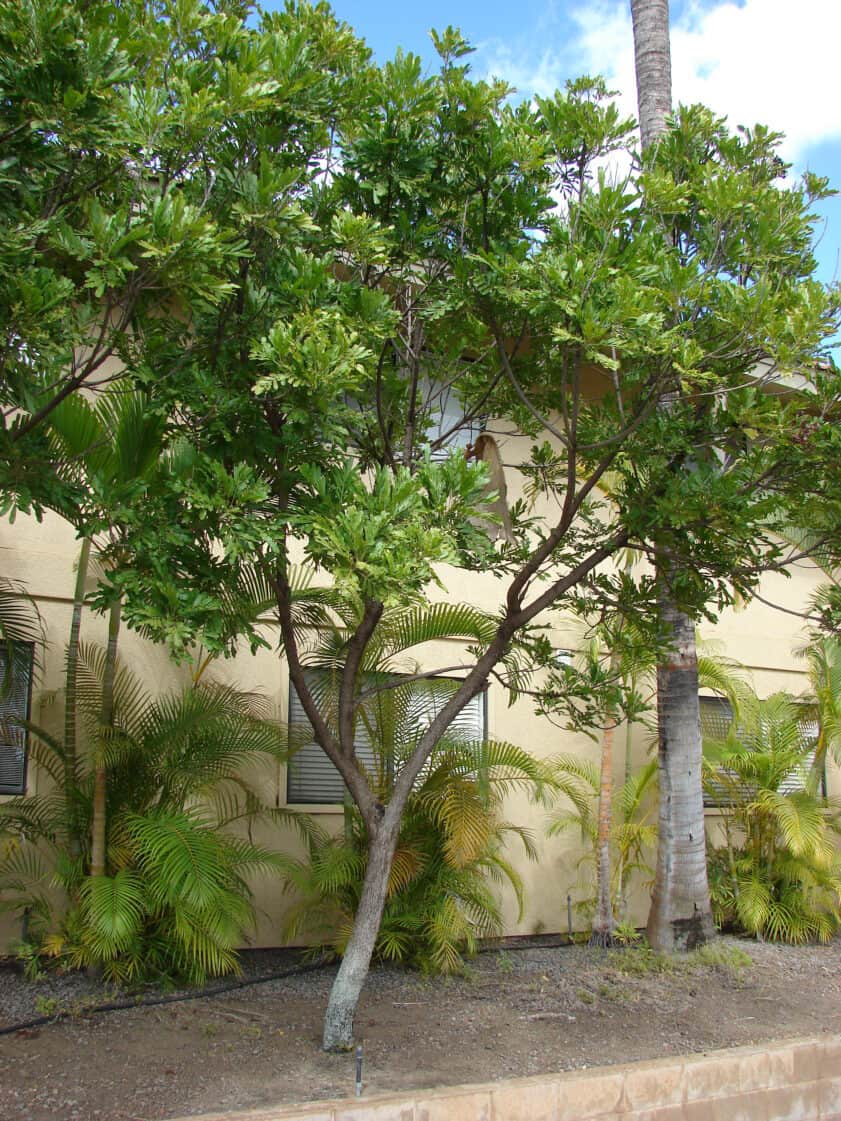
Light
The Japanese Fern Tree requires full to partial sun. Mostly to avoid burning your plants’ leaves you should make sure the tree gets indirect sunlight. Growing the tree indoors should be placed by a north- or east-facing window.
In the direct sun, the tree leaves and fern fronds can get burned, which will result in a crispy, dry plant. Perfect would be a partial shade from the midday sun and full sun during mornings or evenings.
Watering
Make sure to water your tree regularly, letting the soil dry for a few days before watering again. The plant’s leaves will turn yellow and might even drop some leaves if overwatered. Overwatering can also cause the tree to lose its shape and may even cause root rot.

Soil & Fertilizer
The best soil for the Japanese Fern Tree should be able to hold moisture but should also be well-draining. To help the tree thrive make sure the soil has lots of organic matter, such as garden compost or leafmold. The soil’s pH level should be between 8.6 and 9.0, meaning strongly alkaline.
Fertilizing the Japanese Fern Tree is quite important. Make sure to fertilize the tree three times a year, in the summer, fall, and spring, using a granular fertilizer. The tree goes semi-dormant in the winter, therefore there is no need to fertilize it in the winter.
A very safe and good way to feed your Japanese Fern Tree is by using liquid seaweed. Make sure the fertilizer you’re planning on using is low in phosphorus.
Pruning
As the tree matures you might want to remove lower branches. However, there is no need to prune the tree to maintain its shape. If you do want to prune your tree you should do it in either late winter or early spring.
The fronds should never be cut back unless they have died off. To snip off dead fronds use sharp and clean shears or scissors.
Propagation
Normally you can propagate the Japanese Fern Tree by using seeds:
- Sow the seeds in the fall.
- Make sure not to sow the seeds too deep into the soil.
- Give the seeds time to settle.
- By early spring the seeds should begin to germinate.
- The Japanese Fern Tree can not be propagated from cuttings taken from fronds.
Propagation via Division
Division should be done in the spring.
- Dig up the fern tree carefully.
- Pull the roots apart.
- Divide the mature plant into three or four.
- Plant the divided parts immediately where you want them to grow.
- Water the divided plants thoroughly.
- Within a few weeks, the plants should be taken in well.
Repotting
Typically, the Japanese Fern Tree should be repotted every two years. Before repotting make sure to check the roots of the tree. You’ll know it’s time to repot the tree if the roots are starting to circle the container.
However, if there is still some soil around the edges of it, you should be able to wait another year before repotting. Make sure to use a pot big enough to accommodate the roots with an extra inch of space for additional growth.
Diseases
The Japanese Fern Tree is not prone to any diseases. The only time you might come across a disease is when you overwater your tree. Root rot can be a very serious problem. To avoid make sure to not overwater your tree and let the soil dry out in-between watering.
The symptoms of root rot include severe wilting, rapidly yellowing leaves, stunted growth, and a rotten base. Leaf-yellowing might also occur if the tree gets too much direct sunlight.
If the tree is in a pot you will be able to cure the plant from root rot. First, remove the plant from its pot and remove any soil from the root ball. Secondly, cut away any damaged roots or foliage with sterilized sharp sheers or scissors. Finally, wash the pot with a bleach and water solution before repotting it in the original pot or you could just repot the plant into a new clean pot.
Pests
The Japanese Fern Tree has no major pest issues. However, the pests that might affect your tree include spider mites, mealybugs, whiteflies, and aphids.
To help control the spreading of the pests you can cut away the infested fern branches. Make sure to use sharp and sterilized shears or scissors. You can also remove pests individually before using a pesticide. Make sure to keep an eye on your tree to spot the pests early and have an easy removal.
Conclusion
This beautiful and rare-looking tree is quite perfect for tight spaces. This Japanese Fern Tree will be a great fit for beginners because of its easy-care routine. The foliage will brighten up any room or garden, fitting flawlessly onto a patio or a near a window in your living room.
Now that you know how to properly take care of a Japanese Fern Tree we recommend you go and bless your living space or garden with this magnificent plant.


